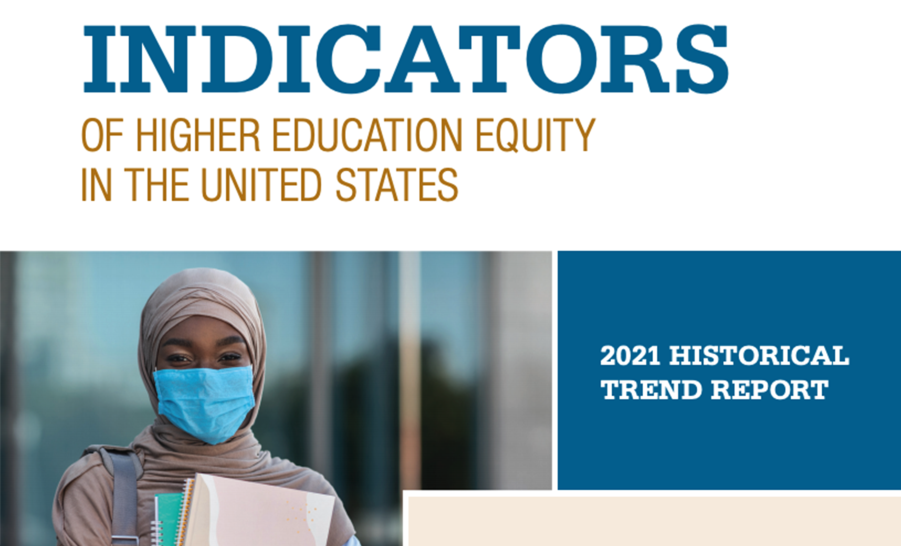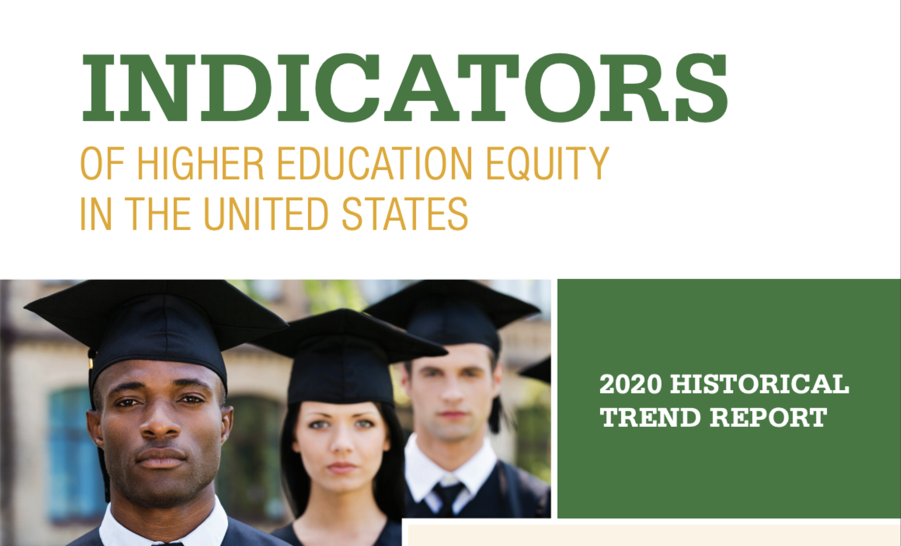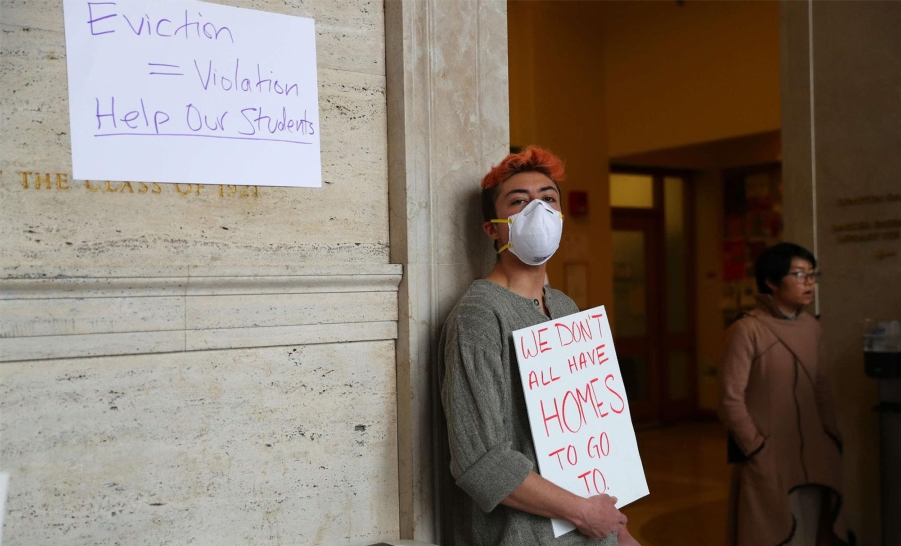At the intersection of various college options and identities, a rising population is the online learner population. NCES data shows that 4.4 million (28%) college students exclusively took online courses in 2021. These data support the growing interest in online education. As the number of first-gen students sits at 54%, higher education sees the intersection of students' identity and instructional modality and how to support the two.
The Appeal of Online Education
At the height of the COVID-19 pandemic, more traditional-aged students began to see and feel reassured that viable online higher education options can offer a meaningful and flexible academic experience. This can be attributed to the fact that 84% of students who had all or some of their courses moved to online instruction amidst the many campus evacuations. This shift is telling, as some favored the abrupt move to online learning at the height of the COVID-19 pandemic.
Students who excelled met the needs of students who desire to work full-time and provide for their families. This is a slight change in the demographic as online education has a history of appealing more to nontraditional and transfer students. A 2023 study by Western Governors University (WGU) shows that first-generation students have a 10% higher inclination to pursue online education versus their continuing-generation peers.
Connecting With First-gen Students
Post-pandemic, there is more comfort with online learning, and institutions have Online institutional champions, like Southern New Hampshire University, which boasts approximately 40% of first-generation students, and WGU, which has 39% of first-generation students.
Consider the Modality: Whether it is asynchronous, synchronous, or hybrid, recognizing these distinctions is vital to form a sustainable strategy to support and acknowledge the diverse first-generation students at an institution. Acknowledging students' unique demands can serve as additional validation and affirm that their institution sees them even when they are behind a digital veil.
Increase visibility: This visibility can take various forms, such as marketing campaigns, but at the core of this, students need to see or hear other first-gen narratives, or they may assume that they do not exist, furthering perceptions of onlyness.
These acknowledgments should occur in addition to National First-Generation Celebration Day, as students should know they are valued beyond a day or week’s programming. Moving beyond performative to transformational engagement supports a culture shift prioritizing first-generation students as part of an institution's rich tapestry.
- Affinity Among Students: Creating online spaces to share their identities and academic experiences can foster an increased sense of belonging. Online affinity groups or communities are also valuable but require consistent and active engagement among staff, faculty, and peers.
- Faculty Norming: Although not a new or innovative practice, this strategy is essential. Faculty should feel empowered and encouraged to share that they are first-gen among each other and students (Whitley et al., 2018). Strategies can include sharing first-generation identity in course welcomes via learning management systems and course profiles in their email introductions.
As the movement to #AdvocateFirstgen continues, higher education professionals must consider the unique needs and experiences of those who choose online learning to pursue their academic degrees. Those who work at institutions with online programs should consider the positioning of their support for students and opportunities to increase first-generation presence and narratives in a unique yet growing modality.






